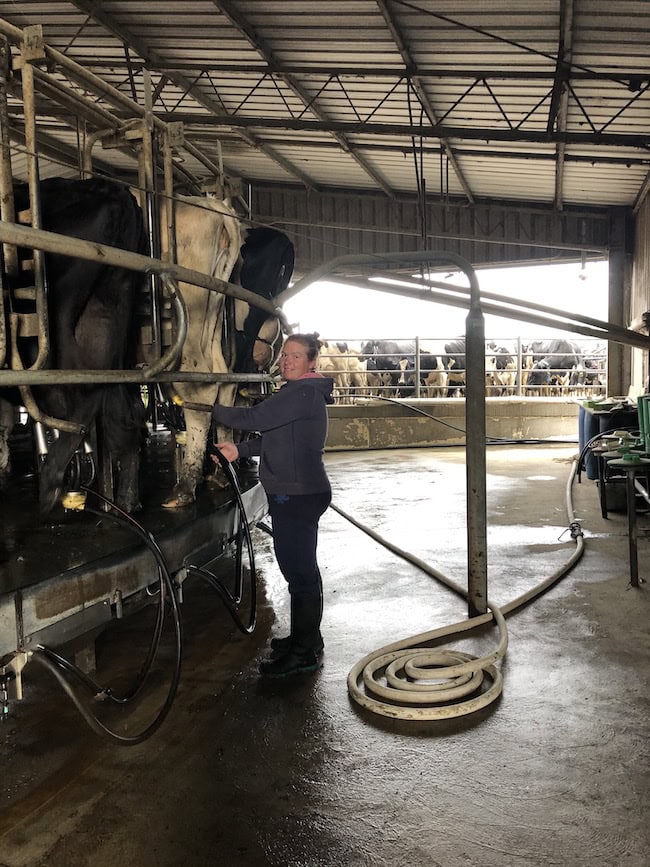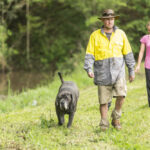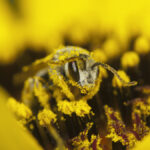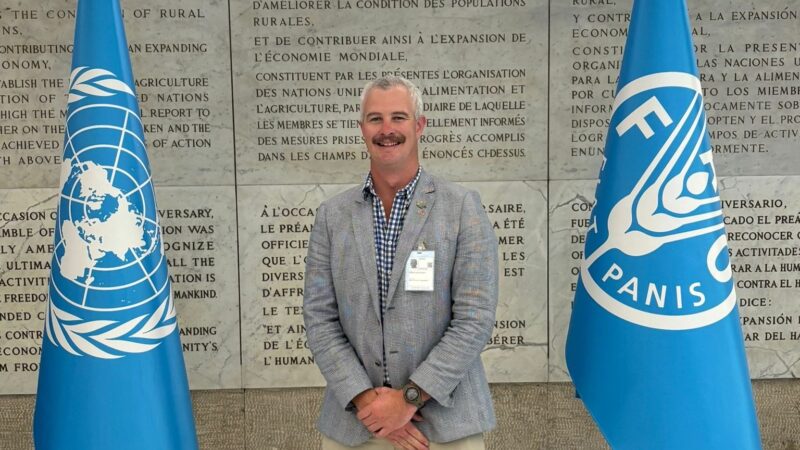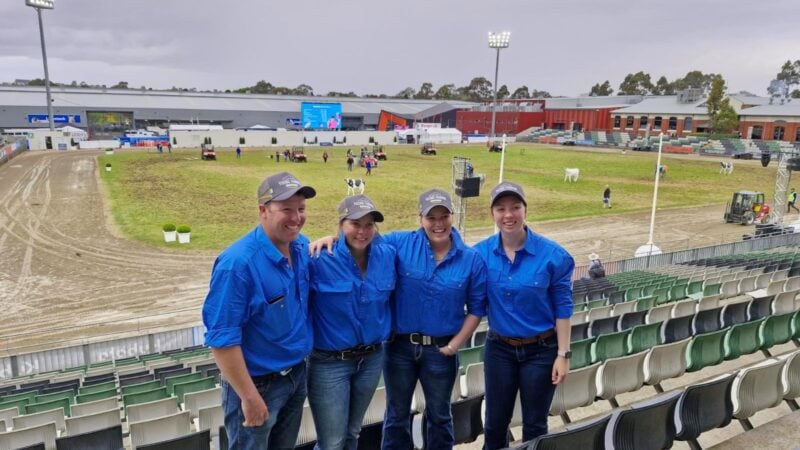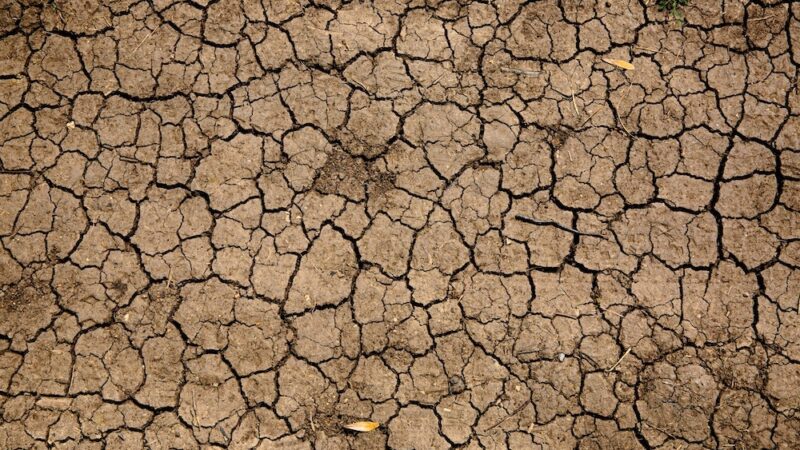Traditionally in Australia, the family farm has been passed on to the next generation. But…
Renewable energy hub in Nowra on the way
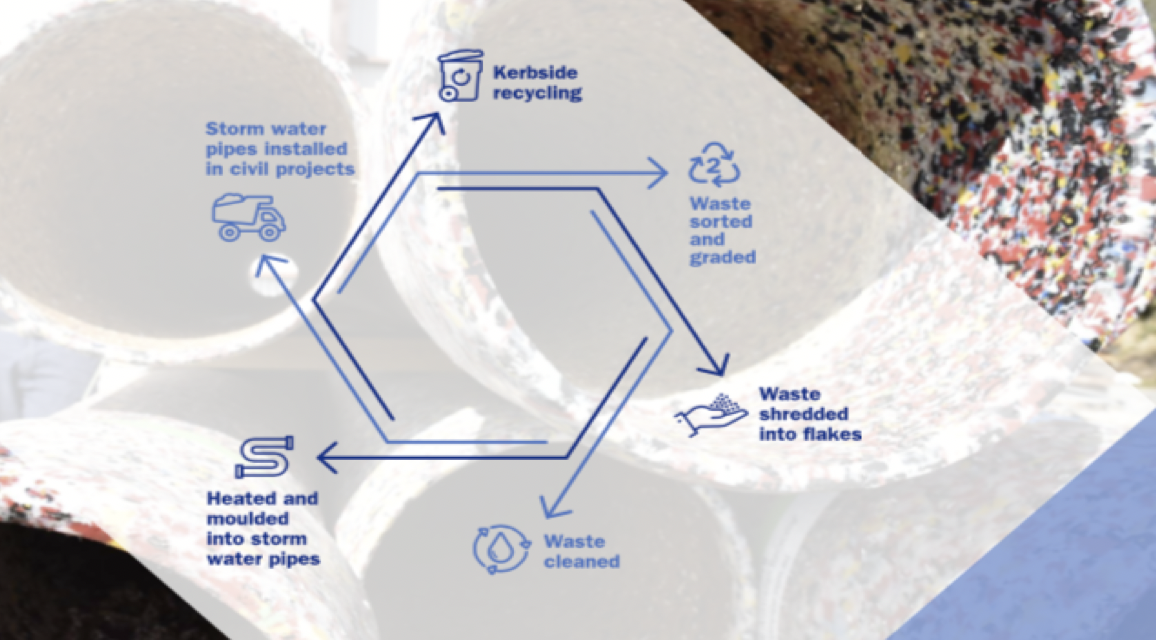
The renewable energy hub project by Innovating Energy is possible due to grant assistance under the Federal Coalition Governments Microgrid Energy Initiative, and a group of 18 dairy farming families in the Nowra area, who banded together to support the unique venture that will see manure from each dairy in the group aggregated to feed and operate the biogas plant.
The electricity generated will be shared between the group of dairies, with the excess being sold to retail customers.
Rising energy costs are a major consideration in operating dairy farms, particularly the costs associated with keeping milk at the required temperature prior to pick up by the processors, so the plant has had much support since the idea�s inception.
The biogas project has the unwavering support of the NSW Government appointed Dairy Advocate, Ian Zandstra whose dairy farm is included in the group.
�The renewable energy hub is a great scheme for the farmers as electricity will be supplied from the Biogas plant and it addresses the challenge of the year � collection of manure on confined areas of farms and the subsequent spreading of it,� Zandstra says. �This area has a positive, collective group of dairy farmers, all willing to support this by participating, and that as well is a real plus for Innovating Energy.�
The plant will be a Zero Emission unit producing clean, green energy 24/7. As well as manure, it will use a number of other food and green waste as well as energy crops grown using waste Bio-solids, some of which are a by-product of milk bottling facilities.
Innovating Energy�s Managing Director David Ryan says that plans to incorporate waste milk products in the digestion process will �create a true circular waste to energy cycle that uses all dairy waste�. Once the digestion process is complete and the methane gas is extracted from the manure and the bio-solid additives, a nutrient rich loam is left which can be spread on the dairy�s pastures, further adding to the circular economy effect for the dairy industry.
